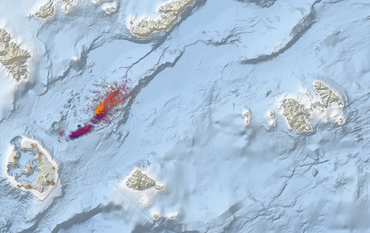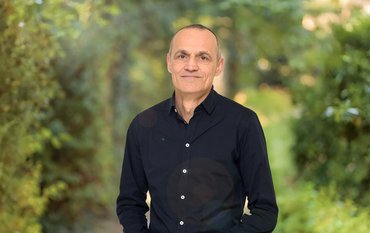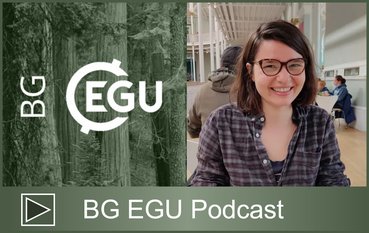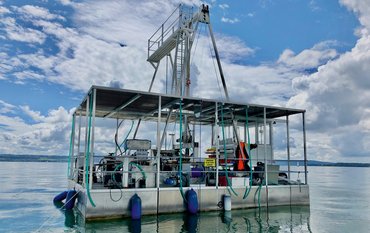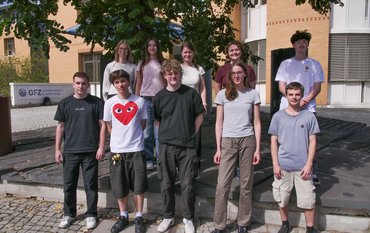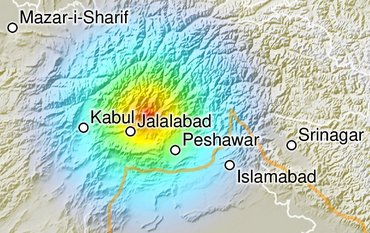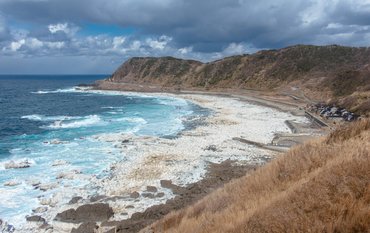Summary
The large-scale EU project ‘EQUIP-G’ was launched on 1 June 2025. With the participation of the GFZ, a consortium of 20 partner institutions from eleven EU countries will establish a unique network of quantum gravimeters. Ten of these highly sensitive measuring devices will be used in application-oriented experiments in various parts of Europe, for example in the context of hydrology, volcanism or geothermal energy. They will provide unique insights into the structure of the Earth's interior through very precise gravity field measurements. The project is funded with around €25 million under Horizon Europe, the EU's flagship programme for research and innovation. It will run for four years. The project is coordinated by the French partner institution Centre National de la Recherche Scientifique (CNRS). The project kick-off meeting took place there, at the Paris Observatory, from 24 to 26 June.
Background: The importance of gravity field measurement for imaging the Earth's interior
Imaging the Earth's interior has always been one of the most important challenges in geosciences, as it is a prerequisite for understanding the internal dynamics of our planet and the coupling between its inner and outer shells. Measurements of gravity or the gravitational field at different altitudes – from ground, air borne and space-based – are a unique imaging tool for this purpose, as they provide direct information about mass changes on different spatial and temporal scales. On this basis, it is possible, for example, to observe the dynamics of magma chambers in volcanic structures, quantify spatial changes in underground water masses, and assess and monitor geothermal reservoirs.
Advantages of using quantum gravimeters
Quantum gravimeters offer unique potential for these tasks. After decades of research, development and industrial transfer, corresponding devices are now ready for use, have been further developed from laboratory operation and are commercially available.
They work on the basis of extremely cool, free-falling clouds of atoms. These clouds of atoms are attracted by the Earth's gravity and other masses.
Using the principles of quantum technology, the atom clouds are manipulated with laser beams in such a way that this gravitational force can be determined with high precision. From an instrumental point of view, quantum gravimeters have very advantageous properties that conventional gravimeters do not combine:
(1) They can measure continuously, (2) they are designed for field measurements and extreme conditions, (3) they are extremely user-friendly, so that they can be operated without decades of experience, and (4) as absolute gravimeters, they are completely free of instrumental drift.
The EQUIP-G project as a first step towards a Europe-wide terrestrial network
In line with the EU's goals of strengthening its strategic autonomy and competitiveness, the EQUIP-G project, consisting of a consortium of 20 partner institutions from 11 European countries, has been selected to develop and establish a network of quantum gravimeters in Europe.
This represents the first step towards establishing the terrestrial segment of the pan-European quantum gravimetry infrastructure. A joint EU-wide instrument pool consisting of quantum gravimeters, dual quantum gravi-gradiometers (for determining gravity field gradients) and an onboard quantum gravimeter (for measurements at higher altitudes and on a larger spatial scale, on flying platforms) is the central element of this infrastructure.
Tasks in the project
The EQUIP-G project plans extensive testing of the devices using this new technology, as well as numerous applications in a wide range of field measurements in the areas of hydrology, volcanology, geothermal energy, geodesy and climate monitoring.
Through innovative measurement strategies, EQUIP-G will demonstrate that and how a quantum gravimeter network can contribute to EU priorities such as the Green Deal, energy management and risk minimisation.
Involved partners from the field of metrology ensure that all collected quantum gravity data are linked to the SI system (internationally standardised system of units). In general, all data will be managed in accordance with the FAIR principles – Findable, Accessible, Interoperable, Reusable – and with a long-term perspective.
One goal is to establish a ‘Technical Core Service’ for gravimetry within the European Plate Observing System (EPOS). EPOS is a European consortium for scientific infrastructure (ERIC) that pursues a long-term strategy of integrating existing national and transnational research infrastructures for geosciences in Europe.
EQUIP-G also has a strong focus on community building, which aims to involve the entire European gravimetry community in the development of the long-term infrastructure of an instrument park. After the end of the project, the quantum gravimeters manufactured in Europe will be made available to a large group of institutions for further use in an uncomplicated manner.
Role of the GFZ
The GFZ plays an important role within EQUIP-G. Among other things, GFZ Section 4.4 ‘Hydrology’ will coordinate applied field research at the Geodetic Observatory in Wettzell (Bavaria, Germany) and Mont Terri Rock Laboratory (Switzerland), while Section 2.2 ‘Geophysical Subsurface Imaging’ will coordinate activities in Krafla, Iceland, with its unique volcanic and geothermal structures. Furthermore, Dr Marvin Reich, scientist in the Hydrology Section, is leading the ‘Community Building’ work package.
Horizon Europe
Horizon Europe is the EU's most important funding programme for research and innovation for the period 2021 to 2027. It addresses climate change, contributes to the achievement of the United Nations Sustainable Development Goals, and promotes the competitiveness and growth of the EU. The programme facilitates cooperation and strengthens the impact of research and innovation in the development, support and implementation of EU policies to address global challenges. It supports the creation and better dissemination of excellent knowledge and technologies.
More information about the project: here

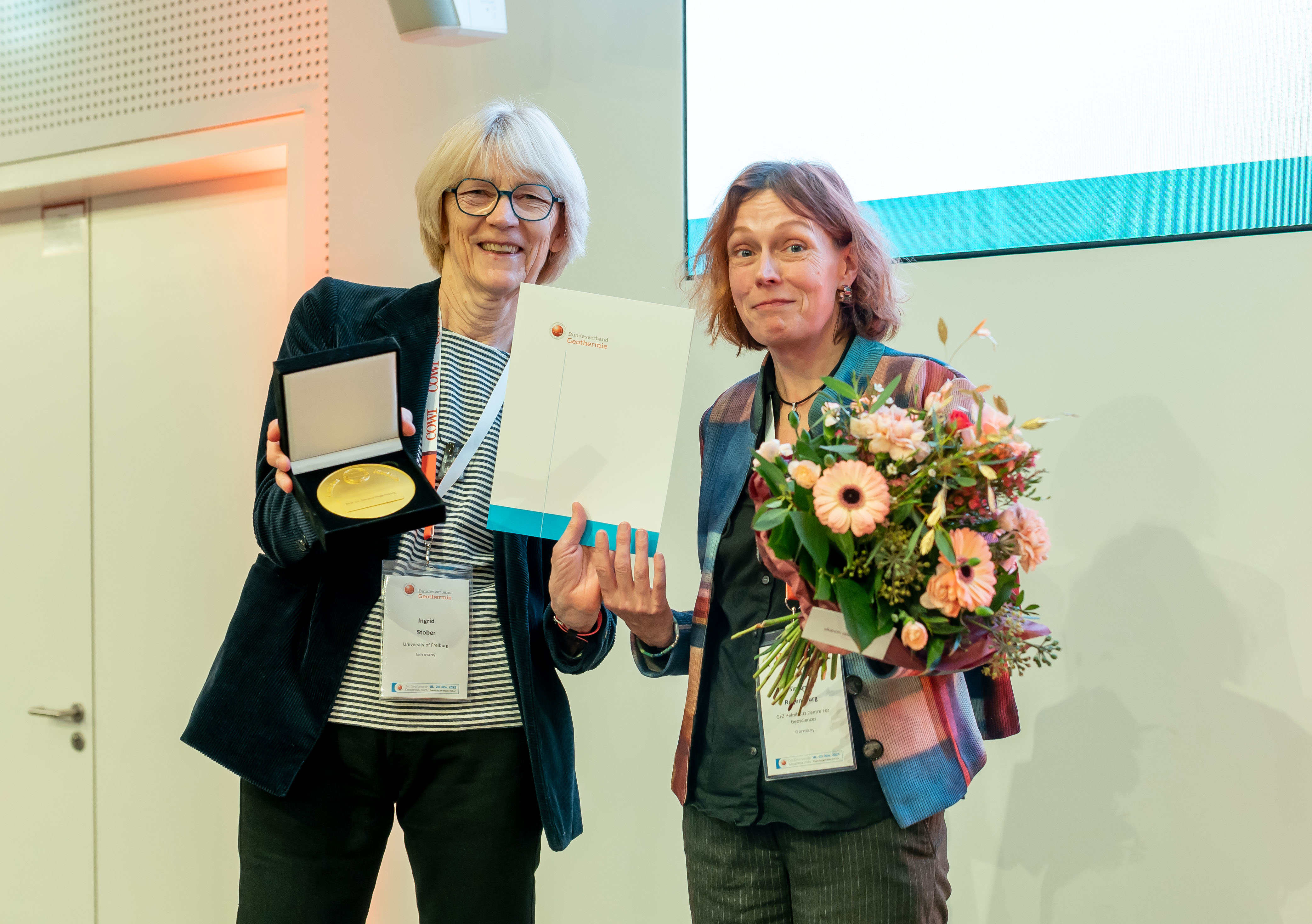
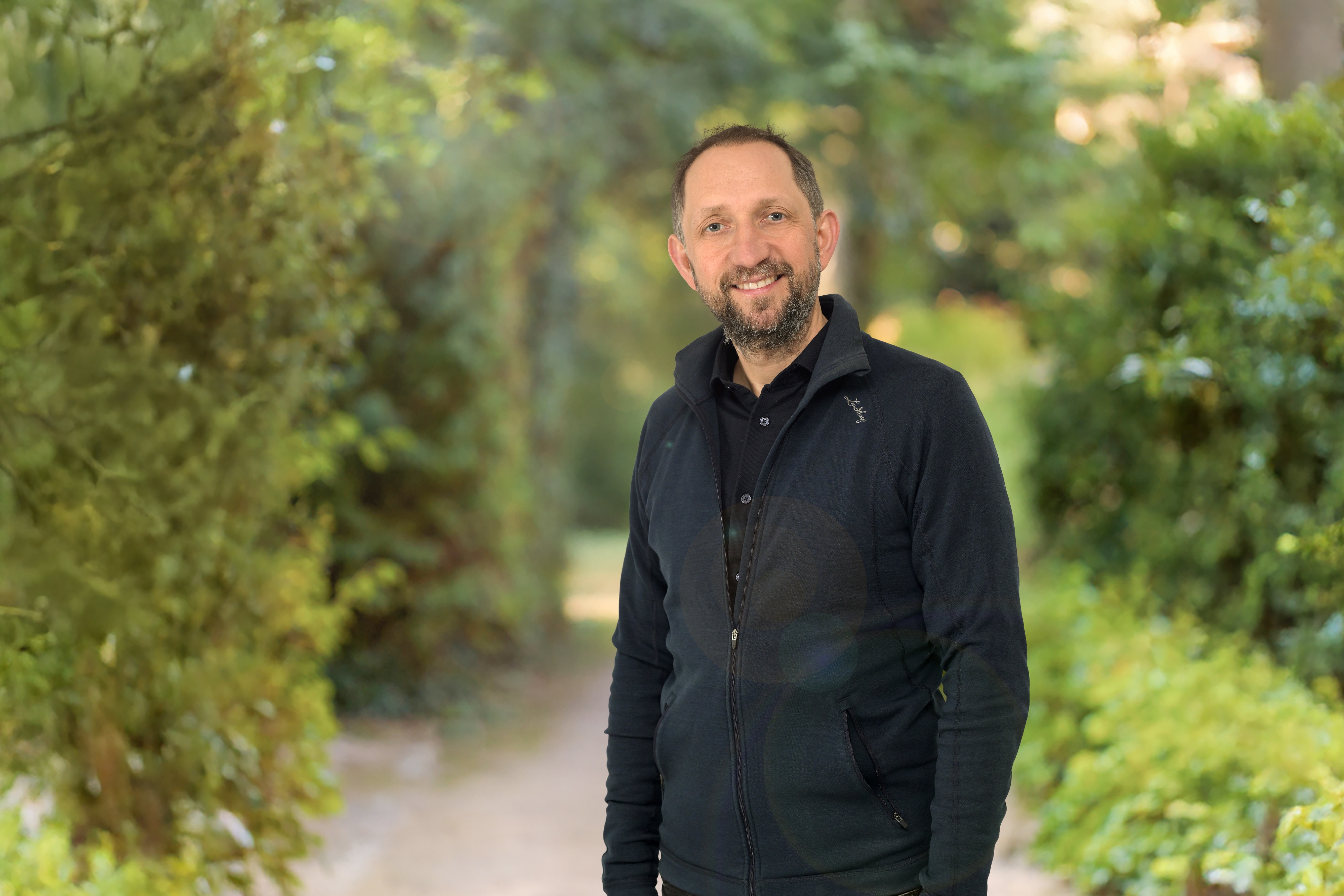
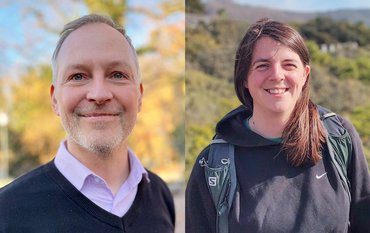
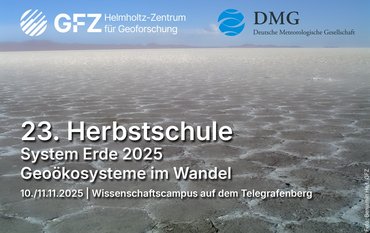
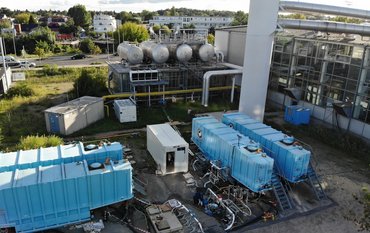
![[Translate to English:] Group photo with 8 people in a seminar room in front of a screen.](/fileadmin/_processed_/2/1/csm_20251114_News_EU-Water-Resilience-Exchange_Kreibich_c-xx_db4e5be690.jpeg)
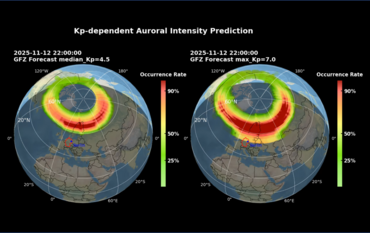

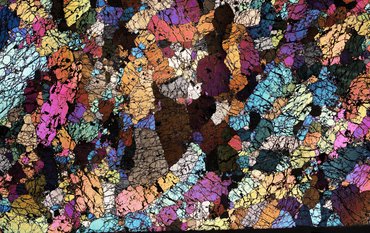
![[Translate to English:] Portrait photo, blurry background](/fileadmin/_processed_/a/2/csm_2025_11_06_JEAN_BRAUN_HE_Helmholtz_Portraits-23_2b5c35beee.jpeg)
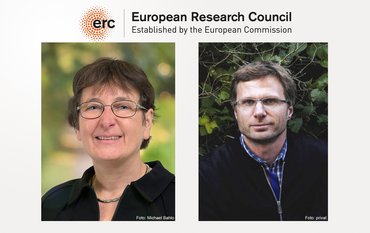
![[Translate to English:] Excerpt from a map of the Phlegraean Fields near Naples, Italy: Left: Red dots mark smartphone sensors, yellow triangles mark fixed seismological stations. Right: The area is coloured in shades of yellow, red and purple according to the amplification of seismic waves.](/fileadmin/_processed_/3/b/csm_20251028_PM_Smartphone-Earthquake_Slider_12500fa0e6.jpeg)
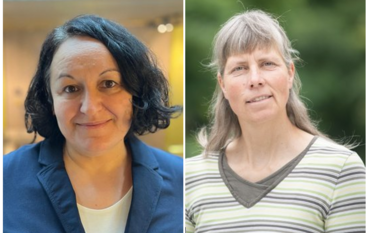
![[Translate to English:] Green background, portrait of Heidi Kreibich](/fileadmin/_processed_/1/1/csm_20251023_Kreibich-Heidi-2025-Vollformat-green_web_-c-Michael-Bahlo_72946c7fe4.jpeg)
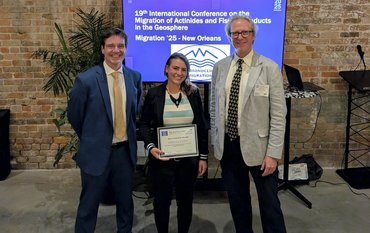
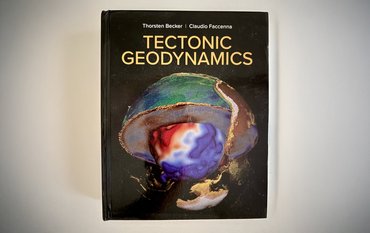
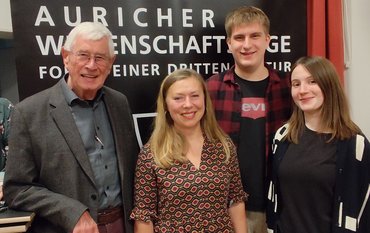
![[Translate to English:] semicircle depicting the future missions, graphics of the new satellites](/fileadmin/_processed_/3/d/csm_2025_10_08_Copernicus_Erweiterung_3f08a76a33.png)
![[Translate to English:] Portrait picture](/fileadmin/_processed_/f/4/csm_Magnall-Joseph-Kachel-c-privat_36e23315c3.jpeg)

